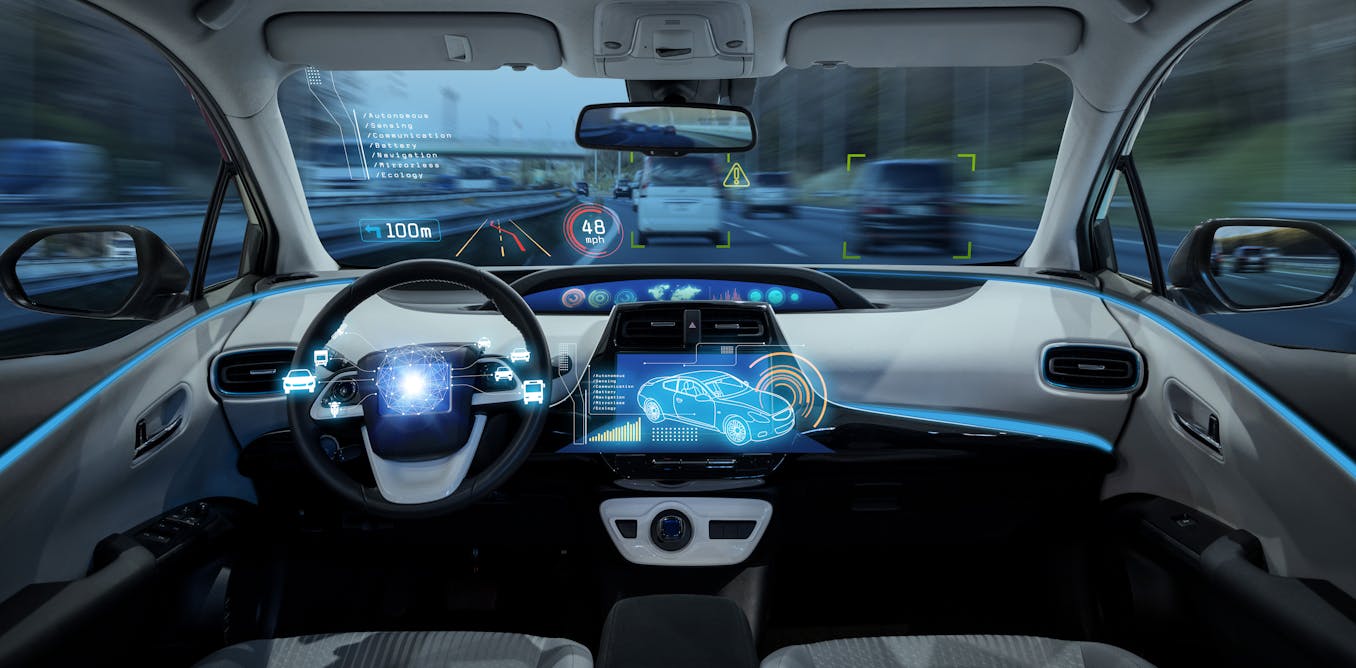The debate over home vs public EV charging has become increasingly relevant as electric vehicles (EVs) gain popularity. Both options offer unique advantages and drawbacks, making it essential to explore their differences to determine the best fit for your lifestyle. In this article, we’ll explore home charging stations, public charging networks, and everything in between, ensuring you make an informed decision about where to charge your EV.

Understanding the Basics of EV Charging
Charging an electric vehicle involves transferring electricity from a power source to the vehicle’s battery. The choice between home and public charging hinges on several key factors, including cost, convenience, and time. Let’s take a closer look at how home charging and public charging operate.
What is Home EV Charging?
Home EV charging involves installing a charging station at your residence, allowing you to charge your vehicle overnight or whenever it’s parked. Home charging stations typically use Level 1 or Level 2 chargers, depending on your preferences and electrical setup.
What is Public EV Charging?
Conversely, public EV charging refers to charging stations located in public areas, such as parking lots, shopping centers, and along highways. These stations provide a more extensive network of charging options, using Level 2 or DC fast chargers.
Comparing Costs of Charging Options
One of the most significant considerations when choosing between home and public EV charging is cost. Understanding potential expenses associated with installation and use can help inform your decision.
Home Charging Costs
Initial installation costs for a home charging station can vary, often ranging from $500 to $2,500, depending on the equipment and any necessary upgrades to your electrical system. However, the long-term costs tend to be lower than public charging, as residential electricity rates are typically more affordable.
Public Charging Costs
Public charging costs can fluctuate based on location and charging speed. While some networks offer free charging stations, others might charge a fee per hour or kilowatt-hour (kWh). Frequent users of public charging may find these fees accumulating over time.
Convenience and Accessibility
Another critical aspect to consider in the home vs public EV charging debate is the convenience and accessibility of charging locations. Tailoring charging solutions to fit your routine can make a world of difference.
Benefits of Home Charging
Home charging offers unparalleled convenience, allowing you to charge your EV overnight without leaving home. This setup can save time and provides peace of mind knowing your vehicle is ready whenever you need it.
Advantage of Public Charging
On the other hand, the flexibility and availability offered by public charging can be appealing to those who travel long distances or lack a residential parking space. Public charging stations can be found along major routes and in urban areas, expanding your possibilities.
Impact on EV Battery Life
Charging habits play a crucial role in maintaining your vehicle’s battery health. Understanding how home and public charging might affect your EV battery will help preserve its lifespan.
Battery Health with Home Charging
Consistent usage of a home charging station provides a stable charging environment, minimizing wear on the battery. Home chargers often allow for a slower, more consistent charge, which can extend battery life.
Battery Concerns with Public Charging
Conversely, frequent use of public charging, especially fast charging, may lead to a quicker battery degradation. It’s essential to balance the use of fast chargers with slower, home-based charging to maintain optimal battery health.
Environmental Considerations
The environmental impact of your charging choice might also play a part in your decision-making process. Let’s see how home charging and public charging compare in this regard.
Environmental Impact of Home Charging
Home charging can be more environmentally friendly if you source electricity from renewable energy providers. Consider installing solar panels to further offset environmental impact and generate sustainable power for your EV.
Environmental Impact of Public Charging
Public charging stations vary in their energy sources, and some might rely on non-renewable resources. However, initiatives are being taken to convert public charging infrastructure to renewable energy.
Government Incentives
Both federal and local governments offer incentives and rebates to encourage the adoption of electric vehicles and charging infrastructure.
Government Support for Home Charging
Consider taking advantage of any available incentives to reduce the cost of purchasing and installing home charging equipment.
Incentives for Public Charging Usage
Some regions provide incentives or rebates for using public charging networks, which can offset the higher costs associated with public charging.
Deciding the Right Fit for You
Ultimately, choosing between home vs public EV charging boils down to individual preferences, lifestyle, and charging needs.
Personal Preferences
It comes down to assessing your day-to-day activities and weighing the advantages and disadvantages of each option.
Making the Decision
While both home and public EV charging solutions have their benefits, it’s crucial to select the one that offers the maximum convenience and cost-effectiveness for your specific needs.

FAQ
Can fast charging damage my EV battery?
While occasional use of fast charging is generally safe, frequent fast charging could lead to faster battery degradation compared to slower charging methods.
Are there incentives for installing a home charging station?
Yes, there are often government incentives available for the installation of home charging stations, including tax credits and rebates.
How can I find public charging stations in my area?
Many apps and online resources can help you locate nearby public charging stations, ensuring you’re never far from a charge when needed.





